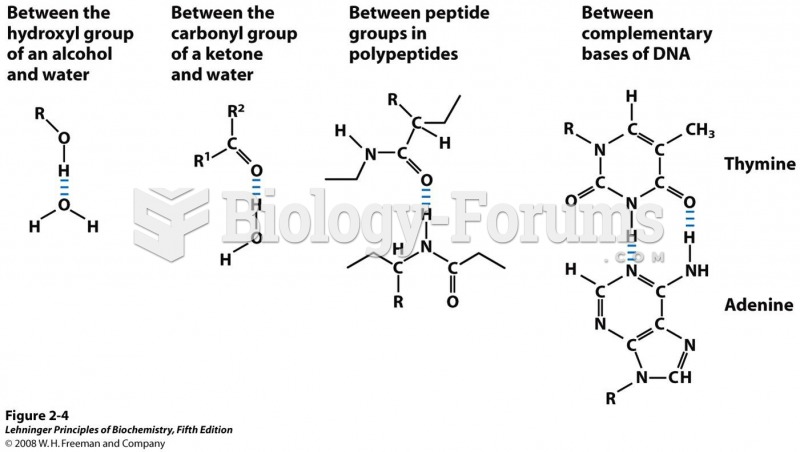Answer to Question 1
The three important concepts in the Federal Networking Council's definition of the Internet are packet switching, the TCP/IP communications protocol, and client/server computing.
Packet switching is a method of slicing digital messages up into parcels that are sent along different communications paths as they become available. The packets travel from router computer to router computer and are then reassembled at their destination point. These routers are special purpose computers that interconnect the thousands of computer networks that make up the Internet. Since this method does not require a dedicated circuit, it makes use of any available spare capacity on any one of several hundred circuits enabling nearly full use of available communication lines and capacity.
Transmission Control Protocol/Internet Protocol (TCP/IP) is the universally agreed upon method for breaking the messages up, routing them to their destination, and reassembling them. The TCP protocol, or set of rules, specifies how messages should be formatted, ordered, compressed, and error-checked. It also stipulates which method the network will use to indicate that they have stopped sending and/or receiving messages and sometimes specifies the transmission speed as well. The IP protocol provides the addressing scheme for the Internet. Each computer connected to the Internet must be assigned an Internet Protocol address so that it can send and receive TCP packets. At present, each time home users sign on to the Internet they are temporarily assigned an IP address by their ISP.
Client/server computing involves very powerful personal computers that are connected together in a network along with one or more server computers. These client computers can display rich graphics, store large files, and process graphic and sound files. The server computers are specifically allocated to common functions that all of the client computers need such as storing files and supplying software applications, and utility programs.
Answer to Question 2
C







